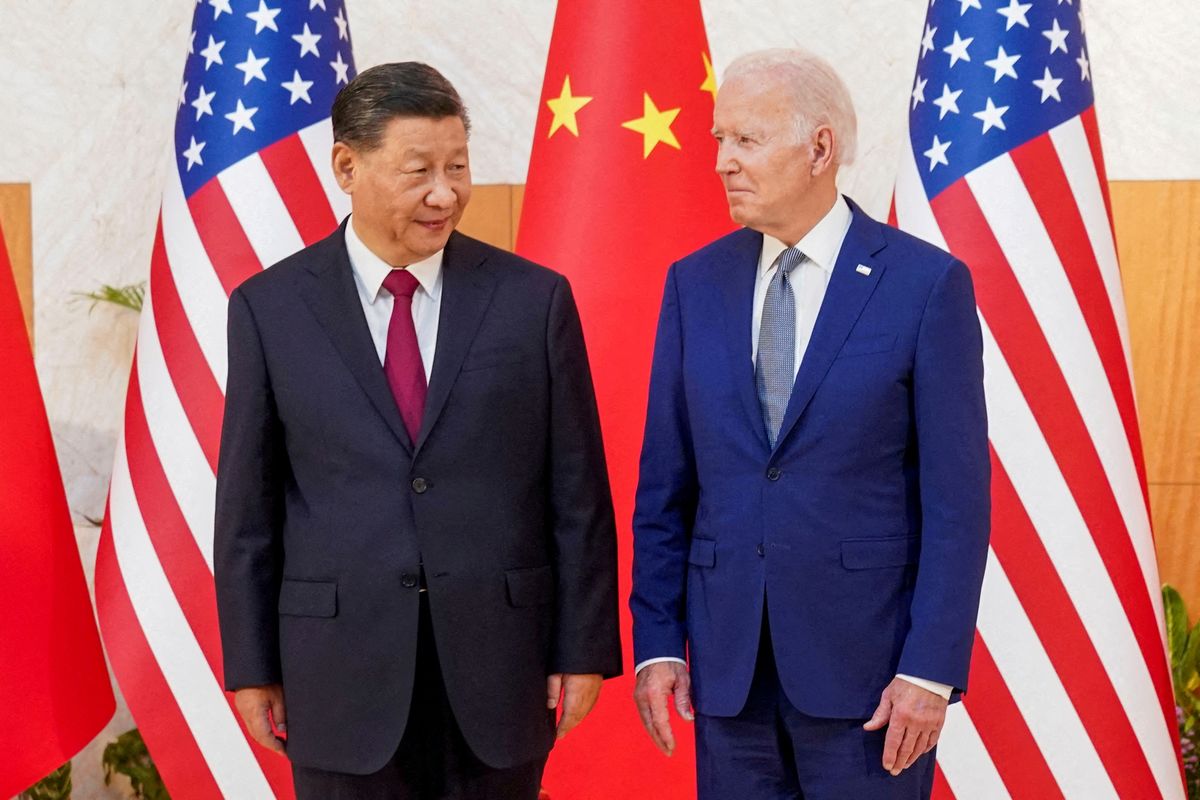China and the US are competing over internet cables
Tensions over tech have been intensifying between the two countries.

A few minutes every morning is all you need.
Stay up to date on the world's Headlines and Human Stories. It's fun, it's factual, it's fluff-free.
The background: In 2020, the US began blocking Chinese involvement in international internet projects because of fears of the country using them for spying. Since then, it’s blocked subsea cables from connecting the US to mainland China and Hong Kong. Tensions over tech have been intensifying between the two countries, and these subsea internet projects are another area of controversy.
More recently: This past February, the American subsea cable company SubCom started a project to put a US$600-million, 12,000-mile cable to connect Asia and Europe through Africa and the Middle East along the seafloor. This cable is called the South East Asia–Middle East–Western Europe 6, or SeaMeWe-6. It’ll run from Singapore to France and will connect more than a dozen countries with superfast data speeds. It should be operational by 2025.
But China isn’t a part of the project, with Chinese company HMN Technologies losing out on the contract after the US government campaigned to get the contract to SubCom instead for security reasons.
The development: Now, China is developing its own massive subsea comm project. State-owned telecom firms are putting together a US$500 million undersea internet cable network that will also connect Asia, the Middle East and Europe, competing with SeaMeWe-6. When China’s project, known as the EMA, is done, it will be one of the most advanced and sweeping subsea cable networks. China is also stalling on granting licenses for internet cables to run through its territory, like one for Japan’s NEC, which is working on the SeaMeWe-6.
Key comments:
“China is attempting to exert more control over undersea activities in its region, in part to prevent US surveillance systems from being installed as part of undersea cable deployment,” said Bryan Clark, a former US submarine officer and senior Navy official, to the Financial Times. “The Chinese government also wants to know exactly where civilian undersea infrastructure is installed for its own mapping purposes.”
“It seems we are headed down a road where there will be a U.S.-led internet and a Chinese-led internet ecosystem,” said Timothy Heath, a defense researcher at the RAND Corporation think tank, to Reuters. “The more the U.S. and Chinese disengage from each other in the information technology domain, the more difficult it becomes to carry out global commerce and basic functions.”




Comments ()